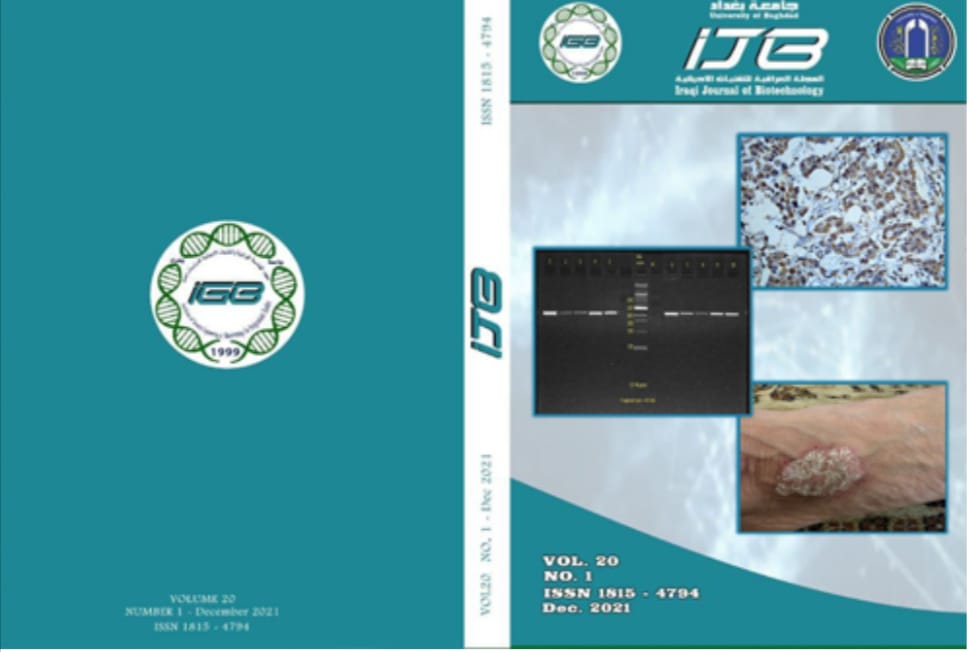Association of Interleukin-1 beta Gene Polymorphisms with Susceptibility to Hepatitis B Virus Infection in Chronic Hepatitis B Patients
Abstract
A persistent infection with the hepatitis B virus (HBV) can cause significant morbidity and mortality. Although antiviral therapy, monitoring, and liver cancer surveillance are not considered therapeutic, they can lower morbidity and mortality. The Polymorphic gene IL1B analyzed in a total of 45 individuals: 30 patients with chronic hepatitis B from different cities of Iraqi recruited the Hospital for diseases of the digestive system and liver in Baghdad between November 2022 to February 2023 and 15 controls. Genomic DNA was obtained from both patients and control and polymerase chain reaction (PCR) was perform with specific primer designed to target the promoter region of IL-1β gene, followed by sequencing. Serum concentrations of IL-1β were measured using Enzyme-Linked Immunosorbent Assay (ELISA). The results showed serum levels of IL-1B which significantly decreased (P≤0.01), from 1.10-+0.09 in hepatitis specimen in comparison with the level in healthy controls 7.58± 0.28. The results also revealed that the age group ˃ 30 years have a significant (P≤0.01) low level of IL-1B (0.83±0.06) in comparison with the age group ≤ 30 years (1.71±1.36). The molecular results suggested that IL-1B single nucleotide polymorphism (insertion/deletion) is probably associated with susceptibility to HBV chronic infection patients, the sequencing alignment data for 30 samples from patients with hepatitis B were compared to 15 control samples. The findings indicated frame shifts (deletion) in 124 and 125 positions in patients’ comparison with control groups. The results showed a cystosine base pair (C) in the patient group, while the control group noticed a deletion. In conclusion, the results suggest that IL-1B is probably associated with susceptibility to hepatitis B virus chronic infection.


